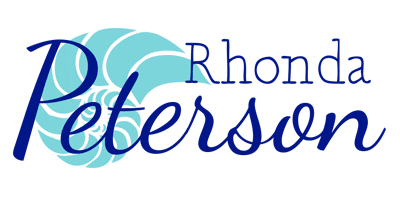Communication is the foundation of everything we do as leaders. We communicate with all our stakeholders, from our team to our vendors and customers. So it’s no surprise that effective communication is fundamental to successful leadership.
There are serious financial and interpersonal costs when communication is ineffective. Things can quickly go sideways when, for example, you aren’t clear about what you need or a desired outcome. If you are communicating with someone in a way that misses the mark, you inhibit growth and can even potentially destroy the relationship. If you don't help your team understand how a task needs to be done and what your expectations are, they are not able to take over that work and, worse, there is a lack of trust.
Engagement and productivity increase when employees are more connected and can more easily find the information they need to do their job. McKinsey & Company showed that employee productivity has the potential to increase by as much as 25 percent in organizations where employees feel more connected. There are several components of effective communication that are key to unlocking your full potential as a leader to ensure an engaged and collaborative team.
Listening. Effective communication does not start with you speaking. It starts with listening to the other person and where they are coming from. A lot of people like to talk about the fact that we have two ears and one mouth. This indicates we need to listen more than we speak. But how often do we speak more than we listen? It takes a whole lot of intentionality and sometimes training to switch from thinking we have to speak to recognizing the first thing we need to do is listen.
Start by thinking about what your listener needs from you to ensure you’re addressing the right issue. Also pre-frame your message to set the tone and expectation for the discussion. If you initiate a meeting, go into it with the goal of helping the other person understand where you're coming from and what you need from the discussion. But if you did not initiate the meeting, be open to the other person leading the discussion so it can be as effective as possible.
Non-verbal communication cues. There is much more to communication than your words. Non-verbal communication cues include your tone of voice and body language. They play a huge role in how you communicate with others and we continue to see this playing out over video conferencing. Leaning back, for example, may be perceived as detached from the conversation or even defensive. Leaning forward and mirroring the tone and pace of the person you’re speaking to, however, shows that you’re engaged.
Brené Brown, research professor and author of Dare to Lead, talks about having a strong back and a soft front. The strong back means knowing who you are and what you stand for. The soft front means hearing what's being said to you and deciding whether you are going to take it in or not. That is dealing with your non-verbal cues and your body awareness around your communication.
Trust. There is a relationship element of communication that pertains to trust. First and foremost, you need to have credibility with yourself. This goes back to knowing who you are and where you stand but also being open to what the other person is saying to you. Listening requires self-trust, which is the confidence to put aside your need to speak first and to understand the needs of your communication partner.
In order to truly hear what someone is saying to you, you have to set aside your agenda or goal so you aren’t simply thinking about what you want to say to them next. Listen to the other person in order to get buy-in for the goal of the conversation and then trust that it will be accomplished. If you don't trust someone, communication is broken from the start. When you build trust and comradery within your team it increases engagement. Increased engagement is a virtuous circle building more collaboration. Effective communication drives the trust behind this team alignment in which everybody is working towards the same goals together.
Coaching is entirely based on communication. What I’ve learned over the years has been valuable to me as both a team leader and coach. I have three tips for effective communication that relate back to the components covered above:
- Enter the conversation assuming positive intent.
- “Seek first to understand, then to be understood” (from Stephen Covey’s 7 Habits of Highly Effective People).
- Make sure your non-verbal messaging matches your words.
I guide leaders to strengthen their team and grow their profitability by not only improving their communication skills but also by increasing their awareness around how they're communicating at all levels. To explore coaching with me, schedule a 30-minute coaching discovery consultation.

